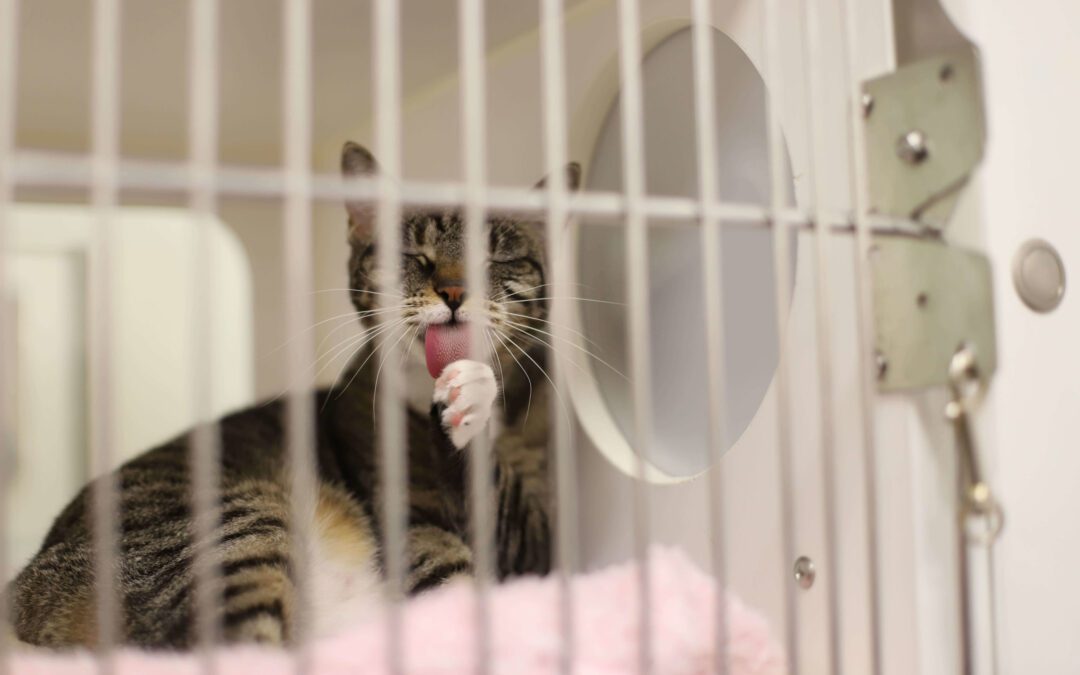Although you know you should spay your female pet to prevent a host of medical and behavior issues, as well as unwanted puppies, you may not know what exactly happens if you bring your pet to North Torrington Veterinary Hospital for a spay. Since World Spay Day—February 23—is approaching, let’s explain the procedure, which is entirely different from a male pet’s neuter surgery. Take a look at the steps involved in spaying your female pet.
Step 1: Your pet is placed under general anesthesia
A spay is a major abdominal surgery that requires general anesthesia to keep your pet pain-free and unconscious throughout the procedure. Before surgery, we evaluate your furry pal’s health status, create an anesthetic protocol tailored to their needs, and then prepare them for surgery by inducing anesthesia with an injectable agent.
Step 2: Your pet is prepared for surgery
After your pet is safely anesthetized and hooked up to their monitoring equipment, we prep them for surgery by shaving their abdomen and scrubbing their skin with a surgical disinfectant to remove dirt and bacteria. We lay out the necessary surgical instruments, drapes, gloves, and gown for the veterinarian who will perform surgery and help them into their gown, so they remain sterile and contaminant-free.
Step 3: Our veterinarian performs the spay procedure
Once your pet is covered in sterile drapes, our veterinarian will use special surgical instruments to make a small incision in their abdomen through the skin layers and the body wall. They will navigate through your pet’s fat and other tissue until they isolate the uterus and ovaries and can tie off the blood supply feeding these reproductive organs. They will carefully remove the uterus and ovaries and then close the abdomen with several layers of internal sutures. Depending on your pet, we may use external sutures, surgical staples, or skin glue to seal the outer skin layer. After we complete your pet’s procedure, we recover them from anesthesia, closely monitoring their vital signs until they are fully awake and alert.
Young cats and dogs should be spayed at different ages, depending on breed and expected adult size. If you are unsure how old your female pet should be when spayed, schedule an appointment with our veterinarians at North Torrington Veterinary Hospital.

